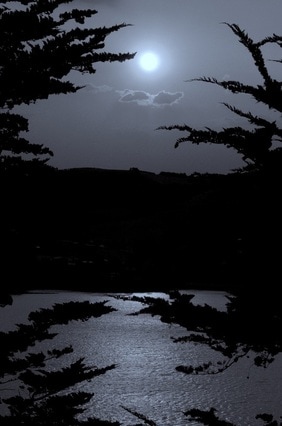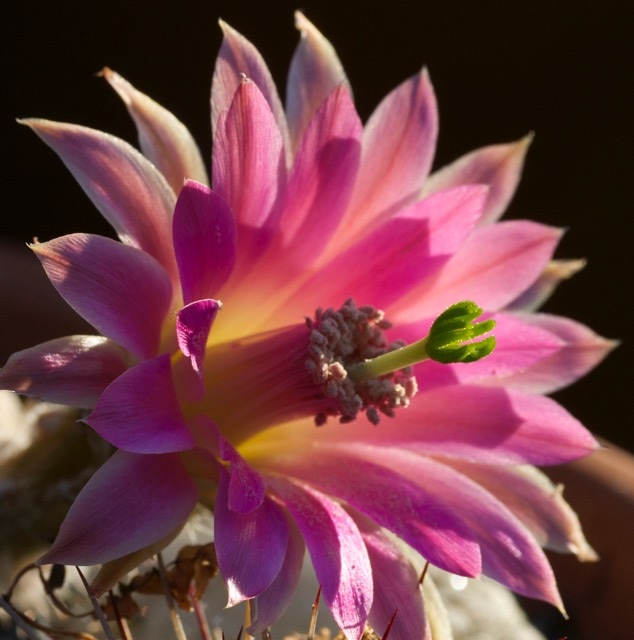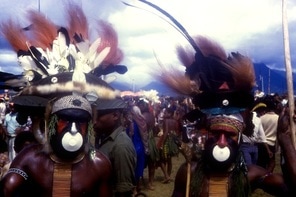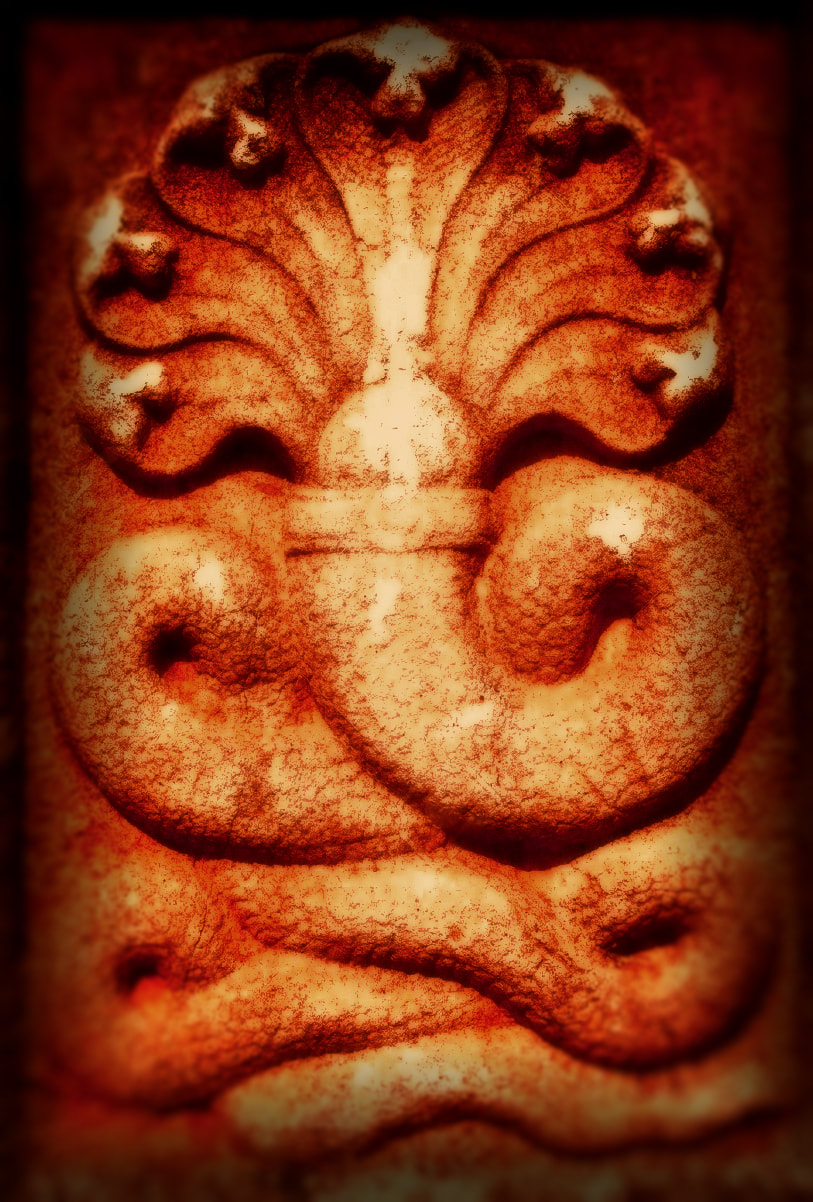* View Part 1 Here *
| From memory, I think these two anthropogenic structures are elements of the Clyde dam, which is south and east of Haast, though a geographic cousin to those other lacustrine scapes of Central Otago. I include them because they are part of the group of visits we made to the general area at the time, and it's important to present both that which simply is and that which has been done in relation to places like New Zealand. We are so misrepresented by interested parties in the popular imagination, and I hate that. New Zealanders of the mid 20th C dammed a great number of our largest rivers in order to generate hydroelectricity, sacrificing their cold and wordless lives to our desire for warmth and light. If this considerable environmental toll had meant we forestalled and minimised further encroachment and engendered social benefit, I could find some peace with it but that capital has been squandered. It is almost as though annexing these rivers has flowered into inequity and deprivation at the far end of the equation, an abundance encircled and devoured by greed. |
| RIGHT The Haast river from a camping ground just west of Makarora. You can walk up into the beech (Nothofagus sp.) forest here and we did so, uneasy at the smell of nearby deer and recent pig activity. Kea tittered and cachinnated out of sight in the canopy overhead; we could see where they had ripped into clumps of ferns along the track. Wind had kicked its way through the trees a few days before, dropping branches laden with epiphytes all around us and swooped down on occasion to blow our hair over our faces and chill us through our clothes. |
| BELOW The Haast River, at various junctures west of Lake Wanaka. I am a fool for stones and water. New Zealand has some pornographic geology and there's always something to look at underfoot or in midstream. Water and stones have such an inescapable affinity; one is bereft without the other, hueless, rude, unfinished, rudderless. They are lovers, really, mutually essential and yet insatiably consuming of each others' substance. | The New Zealand bush, particularly in the south, is quite unlike (what are to us) the exotic broadleaf forests of the northern hemisphere. It is peopled with ancient and somewhat antiquated occupants, odd, resiny dinosaur trees of no use to the mammalian hoard, since only two species are native and neither of them are herbivores. Tourist trampers never seem to really grasp that there is nothing to eat in these woods once you're lost; they are utterly indifferent to any human encroachment and the unprepared die all the time in its olive-green arms. |
| RIGHT I think this cataract is further west and north from these other locations, but I stop and shoot it obsessively every time I'm driven past it. The rock is veined with a beautiful coral pink inclusion, or it might even be some form of algae; in the perfect light of midday and beside the cut-glass water, the contrast is inexpressibly beautiful. |
| ABOVE Thunder Creek Falls, Haast. Autumn is a great time to enjoy these yet-to-be-commercialised places in NZ. I don't think there was anyone else here while I was taking this shot. Maybe two other strangers, and they didn't stay. I almost expected some sort of nymph or satyr to wander down to wash their loincloth in the pool at the foot of the falls. Wrong hemisphere, I suppose. LEFT Fantail Falls, which lie a little further west and north along the highway. All of these falls can be a bit disappointing in summer due to a dearth of water, another reason to visit them out of 'season'. Autumn usually guarantees some riparian action. Practicalities- generally, these spots are accessible to virtually anyone who can walk the length of a carpark; they're under 2 clicks off the Haast highway, well posted and the tracks are a reasonable grade. Two bridges were under repair when we were here; such things are not infrequent due to weather events and landslides, so it probably pays to check with DOC stations and keep your plans flexible. |

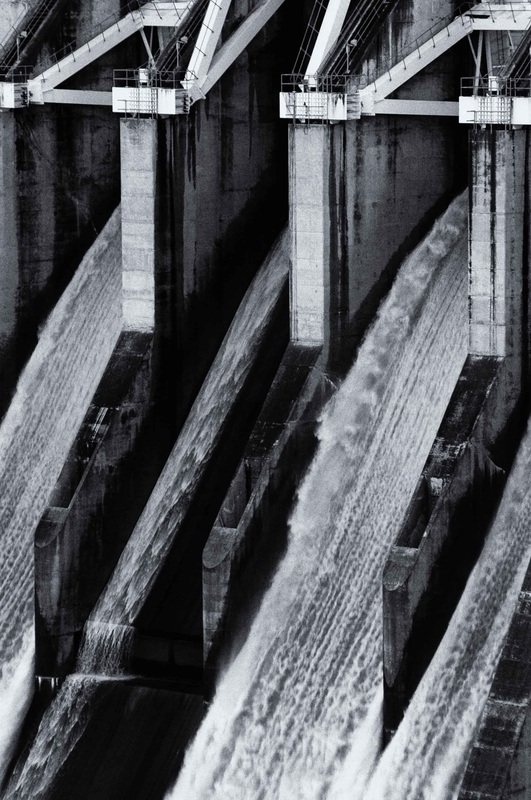
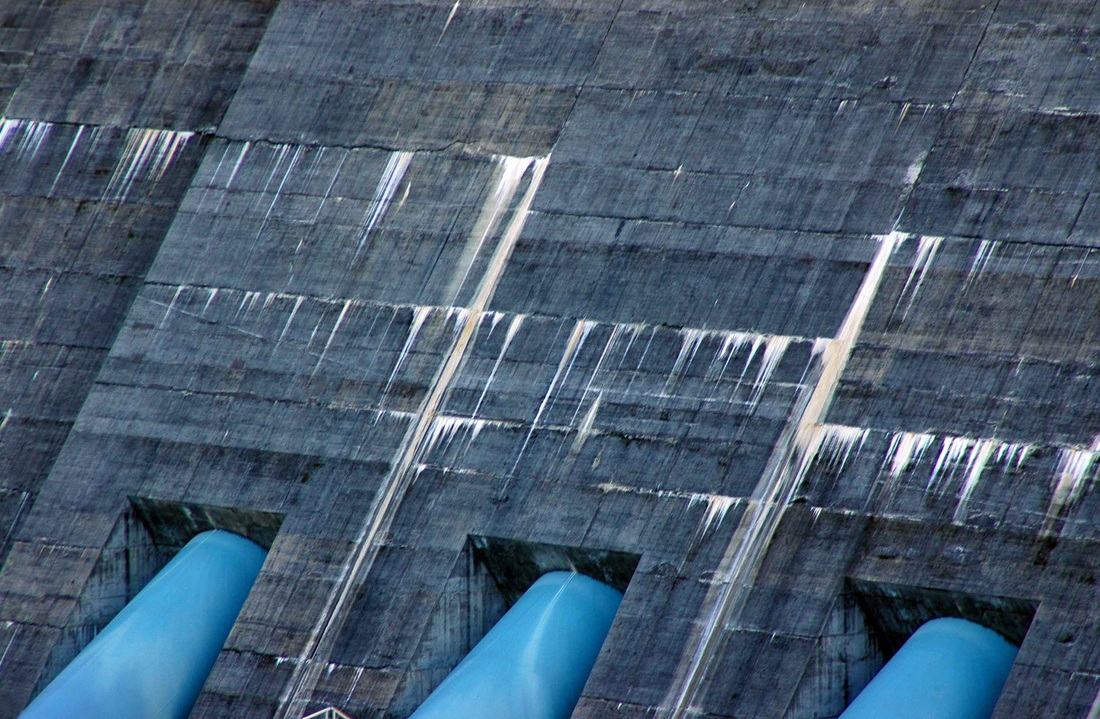
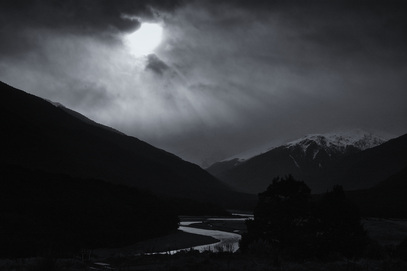
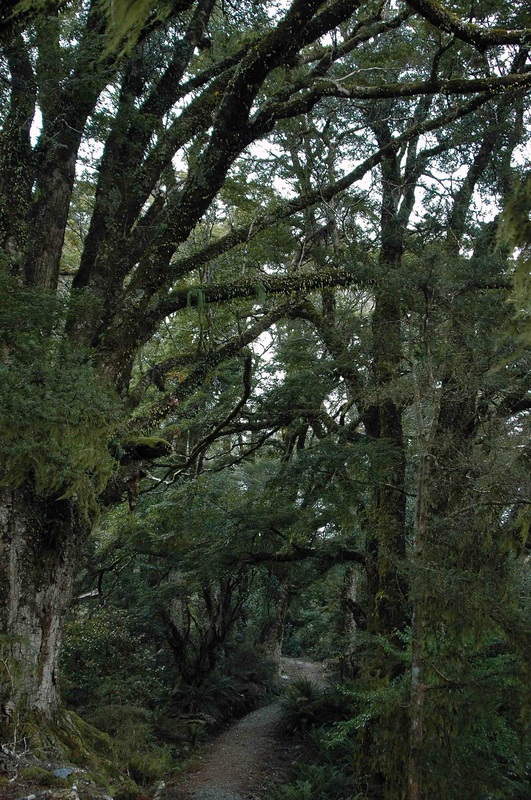


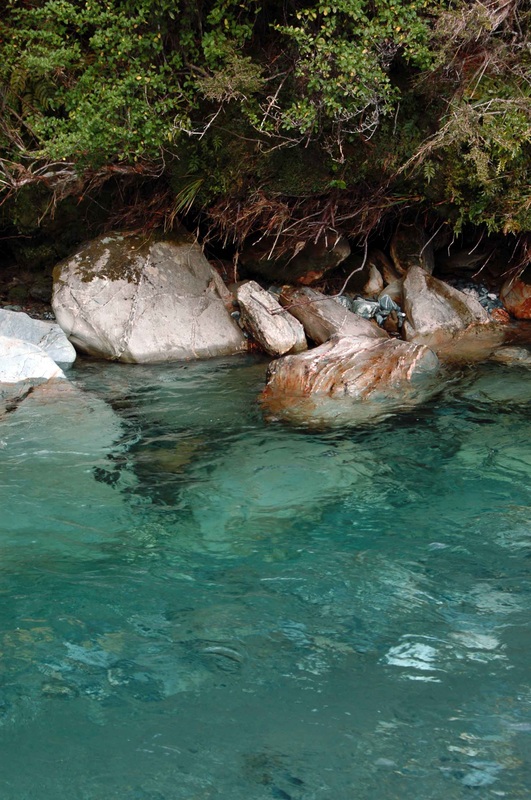
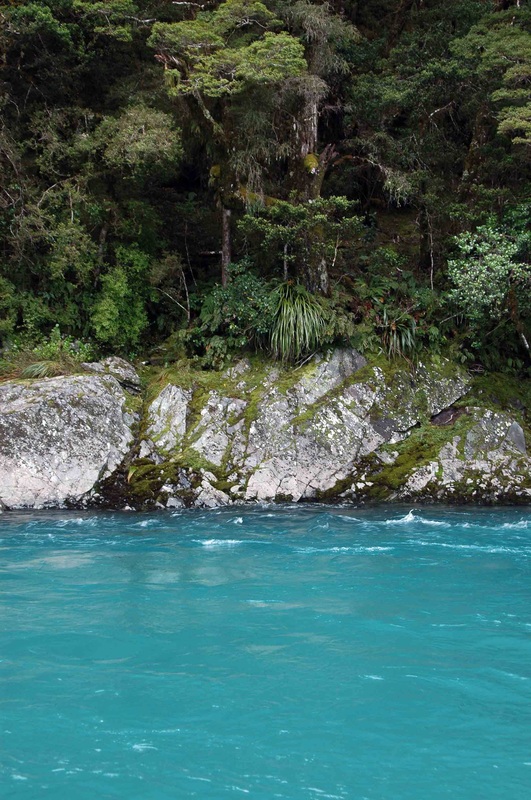


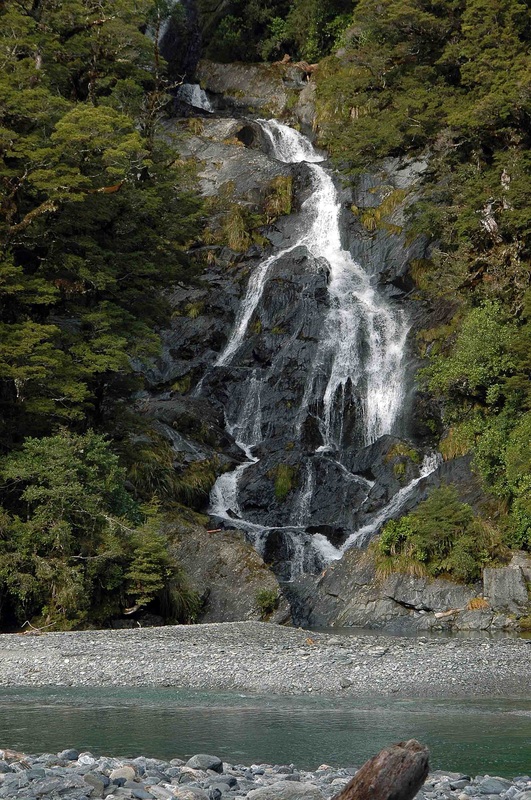
 RSS Feed
RSS Feed







